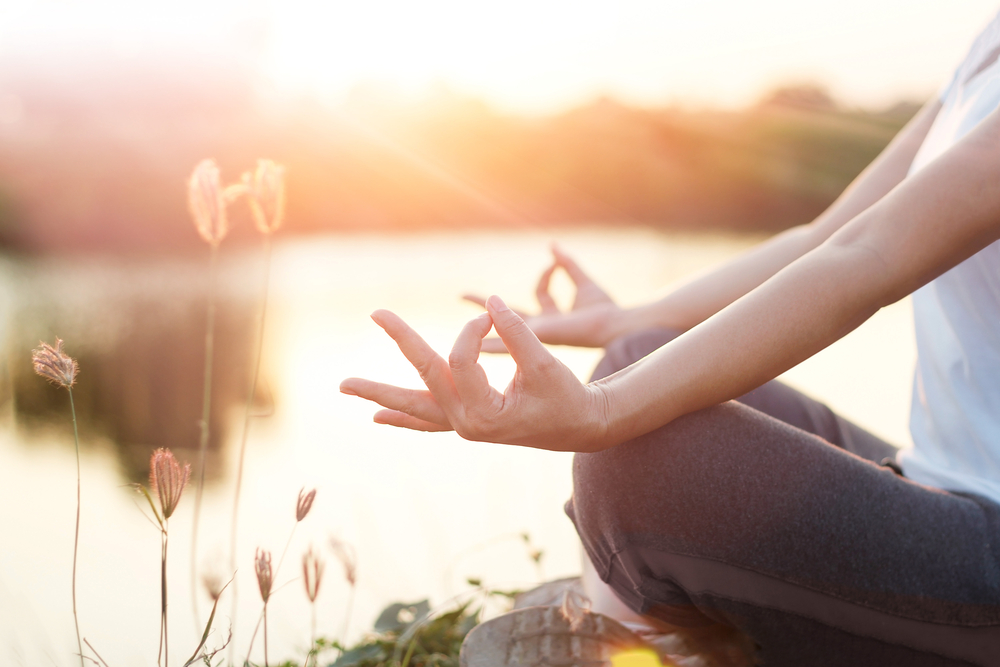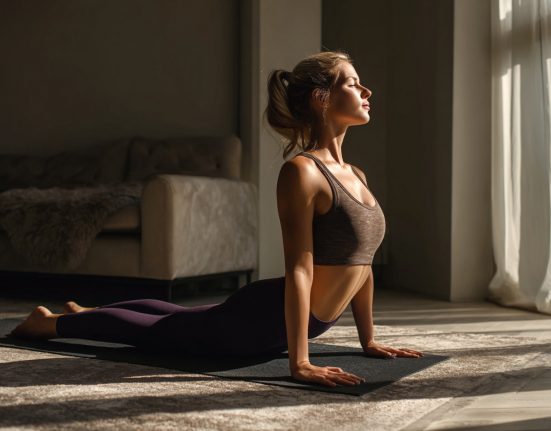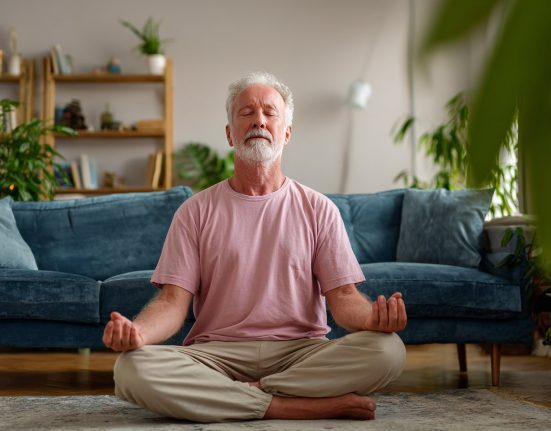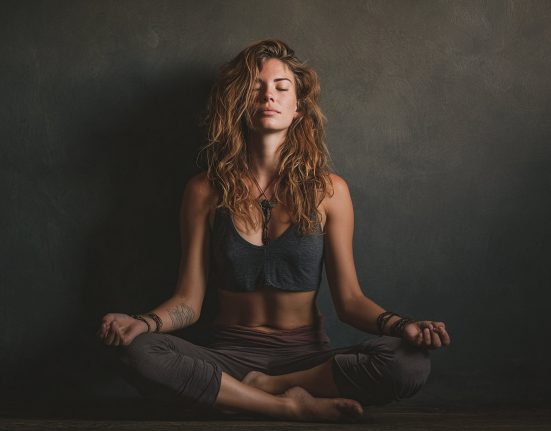You don’t need any special skills, training or equipment – just 20 minutes
Famous for its ability to clear our heads and help us feel calmer, meditation is well-regarded as an effective mindfulness practice.
However, for many of us, meditation can seem daunting. After all, it comes with images of stillness, concentration and solitude – not always easy to achieve in a busy home, or with a restless mind.
But, meditation experts believe that by approaching the practice with a fresh perspective and some easy-to-follow tips, anyone can integrate the practice seamlessly into their daily routine.
What is meditation?
“Meditation is an ancient practice that trains awareness, focus, compassion, and mindfulness”, says Vishen Lakhiani, CEO of Mindvalley and creator of 6 Phase Meditation. “The term encompasses a variety of techniques designed to integrate mind and body. Its roots extend thousands of years back to ancient China and India.”
Is meditation difficult?
“The truth is, meditation can be effortless once you understand what it truly is and isn’t,” says Vishen.
“Traditional practices, such as Hermetic meditation, typically involve stillness, mantra repetition, and breath-focused exercises. While these age-old methods are transformative for many, they’re not always suitable for everyone. In our fast-paced Western world, individuals can find it challenging to integrate Hermetic meditation into their routines. Some even mistakenly fall asleep, believing they’re engaged in the practice.
“This is where active meditation comes in. It’s a contemporary approach that fits the modern psyche.”
Mindvalley meditation coach Emily Fletcher adds: “Asking your mind to stop thinking is like asking your heart to stop beating.”
What do I need to meditate?
”You don’t need any special skills, you don’t need any formal training, and you don’t need prayer beads,” says Vishen. “With meditation, all you need is yourself, somewhere comfortable to sit and 20 minutes.”
Keep reading to learn 5 simple tips to integrate meditation into your daily routine.
Tip 1: Don’t approach meditation with preconceptions
“Throw away what you thought you knew about meditation,” says Vishen. “Embracing meditation with a beginner’s perspective is invaluable, even if you believe you’re well-acquainted with it.”
Mindvalley’s brain expert, Jim Kwik believes one of the biggest reasons people fail to embrace new information in the best way is that they’re weighed down with (sometimes incorrect) prior knowledge or preconceptions about the subject.
Tip 2: Choose a time you can stick to
“Timing isn’t just a detail; it’s a fundamental part of your meditation practice, says Vishen. “As someone just starting on this transformative journey, pinpointing when you meditate is a foundational decision. From my own experience and perspective, I strongly advocate for mornings as the golden window for meditation.
“Beginning your day with meditation acts like a primer for your mind and spirit. It sets a tone of calm, intention, and clarity, not just for yourself, but it ripples out to those you interact with throughout your day. Imagine the profound impact of starting your morning with practices of compassion, gratitude, forgiveness, and creative visualisation. Picture it—before the first sip of your morning coffee, you’ve already aligned yourself with the energy of success and fulfilment.”
Tip 3: Set boundaries
If you live alone, this one won’t be a problem for you. However, if your household is bustling with children, roommates, a partner, or lively pets, it’s crucial to set clear boundaries.
Vishen advises: “It’s always a good idea to let whoever you live with know when and where you’ll be practising and politely ask them not to disturb you. Do what you have to do. Promise your kids you’ll play with them afterward or tell your spouse you’ll make them breakfast. Just as long as they treat the fifteen to twenty minutes you’re taking for yourself as sacred.”
Tip 4: Choose a comfy spot
It’s important to find somewhere to meditate that is both comfy and quiet.
Vishen says: “Personally, my preference is to sit upright in bed as soon as I wake up. While I opt for a cross-legged position with a pillow supporting my lower back, it’s essential to choose what’s comfortable for you. Maybe what feels right for you is extending your legs and placing a cushion under your knees.
“Whatever your preference may be, make sure your spine remains straight and relaxed, and your head is unrestricted. Whether your choice is a bed, a chair, or a spot on the floor, let it be a place where you feel at ease and connected. Your home is often the best sanctuary, but the world doesn’t stop when we travel or are in the office—so flexibility is key. However, it’s recommended not to lie down, as you might drift into sleep.”
Tip 5: Don’t suffer from discomfort
“Please, don’t suffer through any form of discomfort during this meditation in the name of doing it properly” stresses Vishen. “Contrary to popular belief, you don’t have to sit still when you meditate.
“Sure, it aids concentration, but movement isn’t banned by any stretch of the imagination. Please feel free to move when you need to. If your leg cramps up, stretch it. Do what you need to do, and then come straight back to it.”









